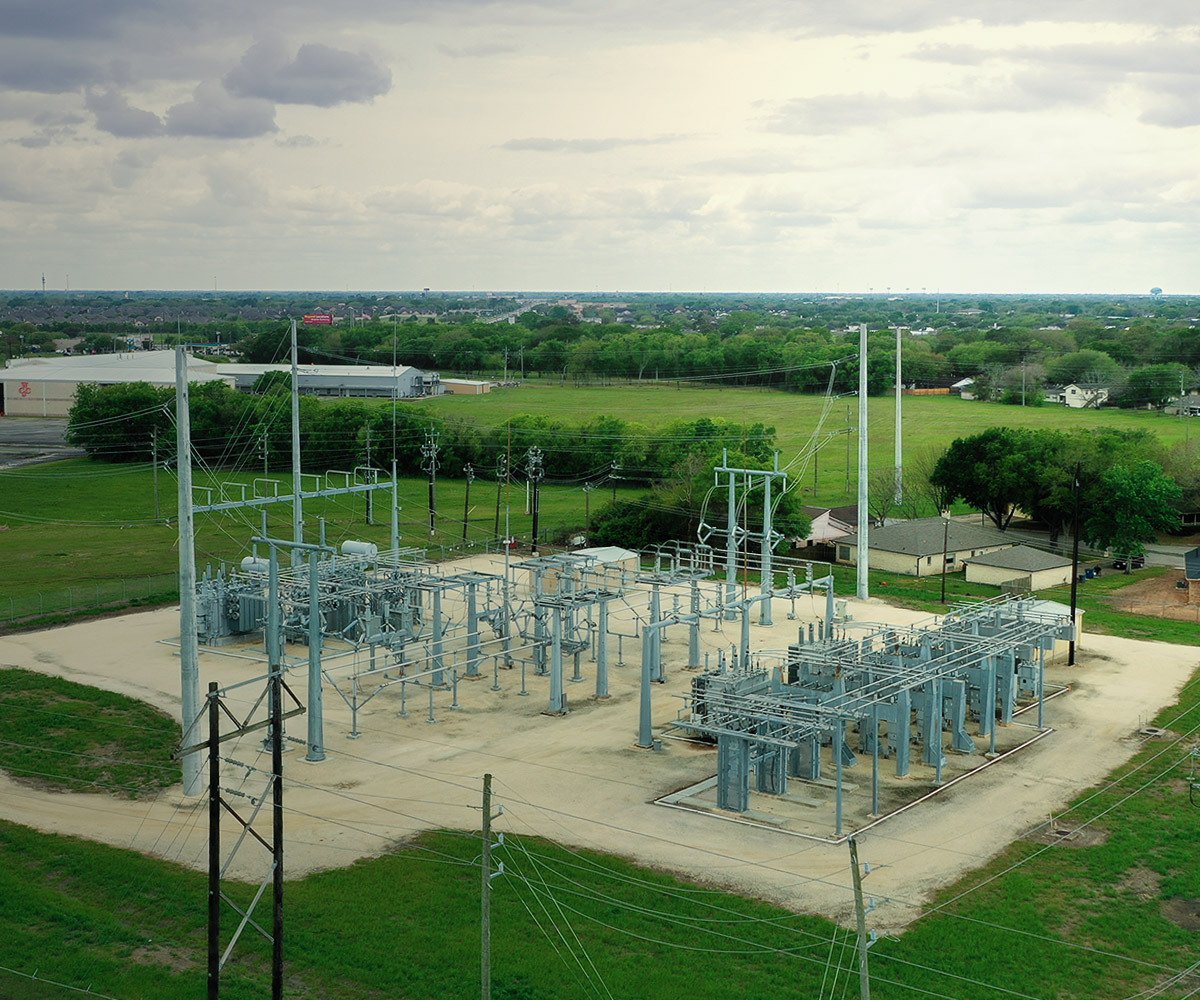2 min read
Distribution Line Data to Aid Future Energy Development Goals
![]() Transect Team
:
May 3, 2021
Transect Team
:
May 3, 2021

Listen to the audio version
With new renewable energy goals, electricity demand increasing, and development efforts such as the Infrastructure Bill, it's about to get busy in development.
However, past developments may be a hurdle for utility and natural gas pipeline developers alike as new infrastructure enters the scene. We are talking about distribution lines and their power to derail a project.
Distribution Lines and Economic Development
Reliable infrastructure networks create the backbone of the modern economy, as electricity networks play a critical role in helping to deliver infrastructure services. The distribution network is crucial to our economy, but the placement of transmission lines can have devastating impacts on the environment or another project’s timeline. Knowing where overhead lines and other power system features are located is an integral part of the development process- making or breaking a site.
However, there has been a lack of mapping that looks at the accessibility to reliable electricity supply. Locating a power line shouldn’t be a scavenger hunt for information. This transmission line data can be essential information for developers when evaluating the location of a future project site.
Distribution Line Software
The Million-dollar/ not trying to cause a power outage or kill a protected bunny question every land developer asks is: Where is the existing electricity infrastructure?
The old way of environmental due diligence and site selection needs to go. With this boom in energy development, there is little room for error or waiting on environmental consultants to return from their fieldwork (aka sandwich breaks in a field and billing you for drawn-out processes.) We believe tools like this dataset are the future of navigating the environmental permitting ropes course. This is the hill we will die on.
The dataset called the Derived Map Of Global Electricity Transmission And Distribution Lines, From Paper: Predictive Mapping Of The Global Power System Using Open Data is now integrated into the environmental software, Transect.
This new dataset, which is a collaboration between ESMAP, Facebook, KTH, WRI, and the University of Massachusetts Amherst, is created from an algorithm that estimates the location of existing medium-voltage infrastructure. This data gives insight into energy access and can aid in planning future infrastructure and sustainable development projects.
The model uses "night lights" seen on satellite imagery taken at nearly every point on earth monthly around 1:30 am. The night light images are then filtered to highlight particularly bright surroundings and then refined by combining other satellite data to include only areas with human activity. The model also assumes that electric lines are likely to parallel roads.
According to the paper:
[The] tool applies multiple filtering algorithms to night-time light imagery to identify locations most likely to be producing light from electricity. These light sources (target-locations) are then connected to known electricity networks through a least-cost routing algorithm following roads and known distribution lines (adopted from OpenStreetMap). This results in connected networks at two voltage levels we define as high voltage (HV, >70 kV) and medium voltage (MV, 10–70 kV).
The dataset is then validated by comparing the model data to 16 electricity networks across 14 countries representing High, Upper-Middle, Lower-Middle, and Low-income groupings. Across an equal-area grid (edge length 15 km), it was found that the model showed a predictive accuracy of 75%.
As this is modeled data, it is a fairly accurate first assessment of electric line locations, but it is not a substitute for more locally sourced GIS data or fieldwork. Further, as the data is modeled, more specific information like owner contact and voltage is not provided.
Taking the Pressure off of the Developer
Locating these medium and high voltage lines will likely benefit the development process. Finding these utility lines is a feat that can be accomplished. Outages and environmental impacts do not have to be a natural development by-product. Distribution line data can protect project timelines and the environment while helping reach renewable energy goals.
Sources
Arderne, C., Zorn, C., Nicolas, C. et al. Predictive mapping of the global power system using open data. Sci Data 7, 19 (2020). https://doi.org/10.1038/s41597-019-0347-4
Antoine, R., Arderne, C., Rogate, C. Using night lights to map electrical grid infrastructure. World Bank. April 29, 2019. https://blogs.worldbank.org/energy/using-night-lights-map-electrical-grid-infrastructure
